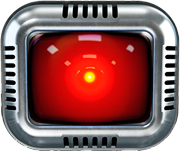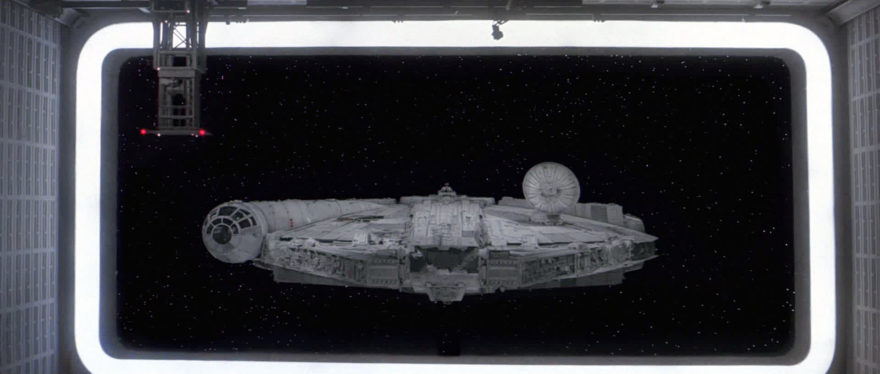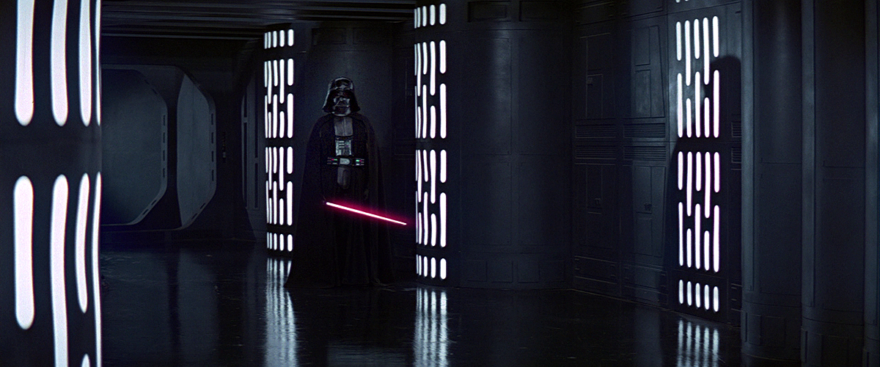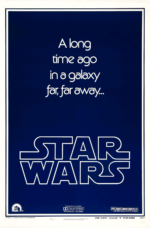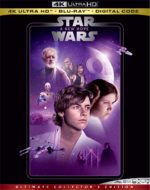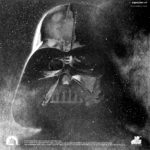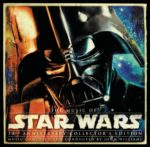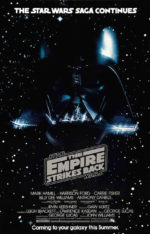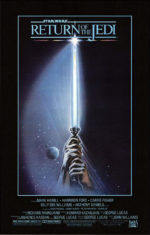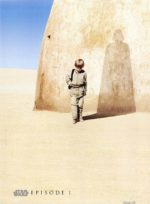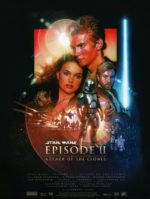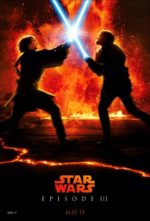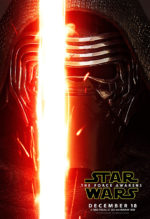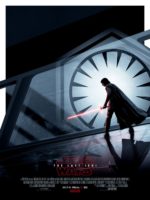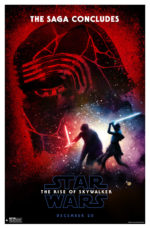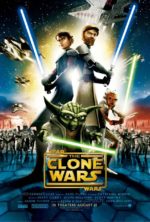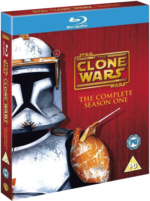From the opening scene, with its incomprehensibly large space craft passing overhead— filling the entire screen for what seems like an eternity—the 1977 film Star Wars changed the rules for all action adventure films that followed. In the wake of the post-Vietnam and post-Watergate 70s, Star Wars was a breath of fresh air, a dazzling adventure filled with groundbreaking special effects and a storyline that connected to viewers in a deeply universal way.
We begin on an arid, desolate farming compound, finding a would-be hero in the body of a somewhat whiny teenager, whose only pleasure is going out and shooting womp rats from his landspeeder. Alone in the desert he watches the two moons of his home planet, longing for more, and, in the best tradition of adventure films, he is quickly pulled into an epic drama where the forces of good (the Rebel Alliance) are pitted against the totalitarian forces of evil, embodied in guise of Dark Vadar. Quite literally, the fate of entire planets hang in the balance as our young hero must learn the mystical ways of the Jedi, rescue a princess, and both master the blade of the lightsaber and bond with the spiritual energy that connects all life, “the force.”
Creator of the Star Wars universe, and the film’s director, George Lucas, was heavily influenced by Joseph Campbell’s study of universal mythical themes in the book The Hero With a Thousand Faces and so the hero of Star Wars follows along ‘the hero’s path’ as laid out in Campbell’s studies. With the unprecedented, global success of the Star Wars, Hollywood has ever since looked to these deeply resonating themes to guide the storylines of films.
But Star Wars is a film to be enjoyed, not pondered. Lucas employed the antics of two characters practically cloned from the slapstick routines of Laurel and Hardy or Abbott and Costello in the robotic duo of C3PO and R2D2, who stumble through the film, quarrelling with each other and providing a pratfall if things get too serious. In the original film, both robots were actually portrayed by actors stuffed into the robot exoskeletons.
And no mention of Star Wars is complete without mentioning the epic space battles, featuring special effects that dwarfed anything previously seen on film. Basing the space battles on the aerial maneuvers of World War II dogfights, Star Wars was the first effects film to show dozens of ships simultaneously racing around onscreen and shooting at each other—while today this is relatively easy with digital effects, at that time, each ship had to be photographed separately using the new technology of motion control. Then, the dozens of layers of ships, backgrounds, mattes, explosions and laser blasts had to be re-photographed onto a single image which could be projected in theaters. This was extraordinarily slow and detailed work. Lucas drafted the talented John Dykstra to lead the special effects team and create the new technologies required for these effects: they named themselves Industrial Light and Magic (ILM). The team received an Oscar for their work and today the company is still one of the most respected visual effects companies in the industry.
The public reaction to the film was stunning. Star Wars was the first ever Summer Blockbuster and it sparked the idea of releasing spectacular action films during the summer months. People watched the film multiple times and stood in lines that wrapped entirely around theaters to wait for the next showing. At a screening in Japan, one studio executive was horrified by the utterly silent response after the film ended, until he learned that silence is the greatest honor a Japanese audience could bestow upon the film.
The film won six Oscars, reinvigorated the science fiction genre and launched the careers of dozens of cast and crew involved in the film. And Star Wars (later retitled Star Wars: Episode IV – A New Hope) ranks as the second highest U.S. Box Office (adjusted for inflation) of all time—after Gone With the Wind. It spawned two sequels, The Empire Strikes Back and Return of the Jedi, as well as an entire trilogy of prequels, The Phantom Menace, Attack of the Clones and Revenge of the Sith. And there will now be a series of sequels as well. There have been countless books, games and television shows, including the animated series, The Clone Wars. It was also turned into a theme park attraction, Star Tours, at the Disney theme parks.
Enjoying the site? If so consider supporting it with alien-infused caffeine…
